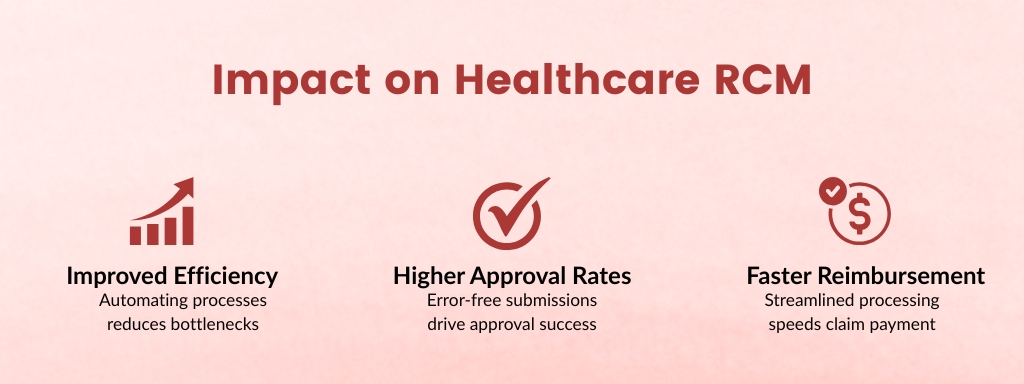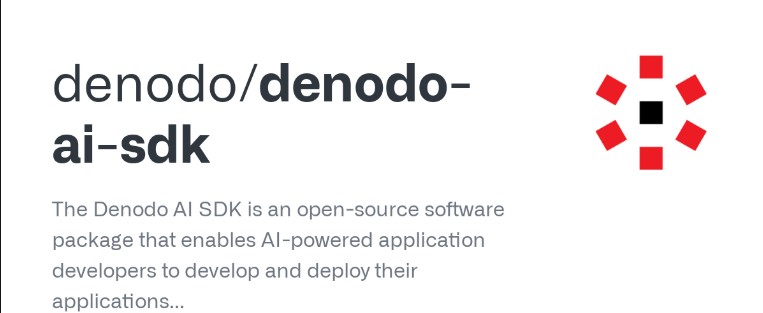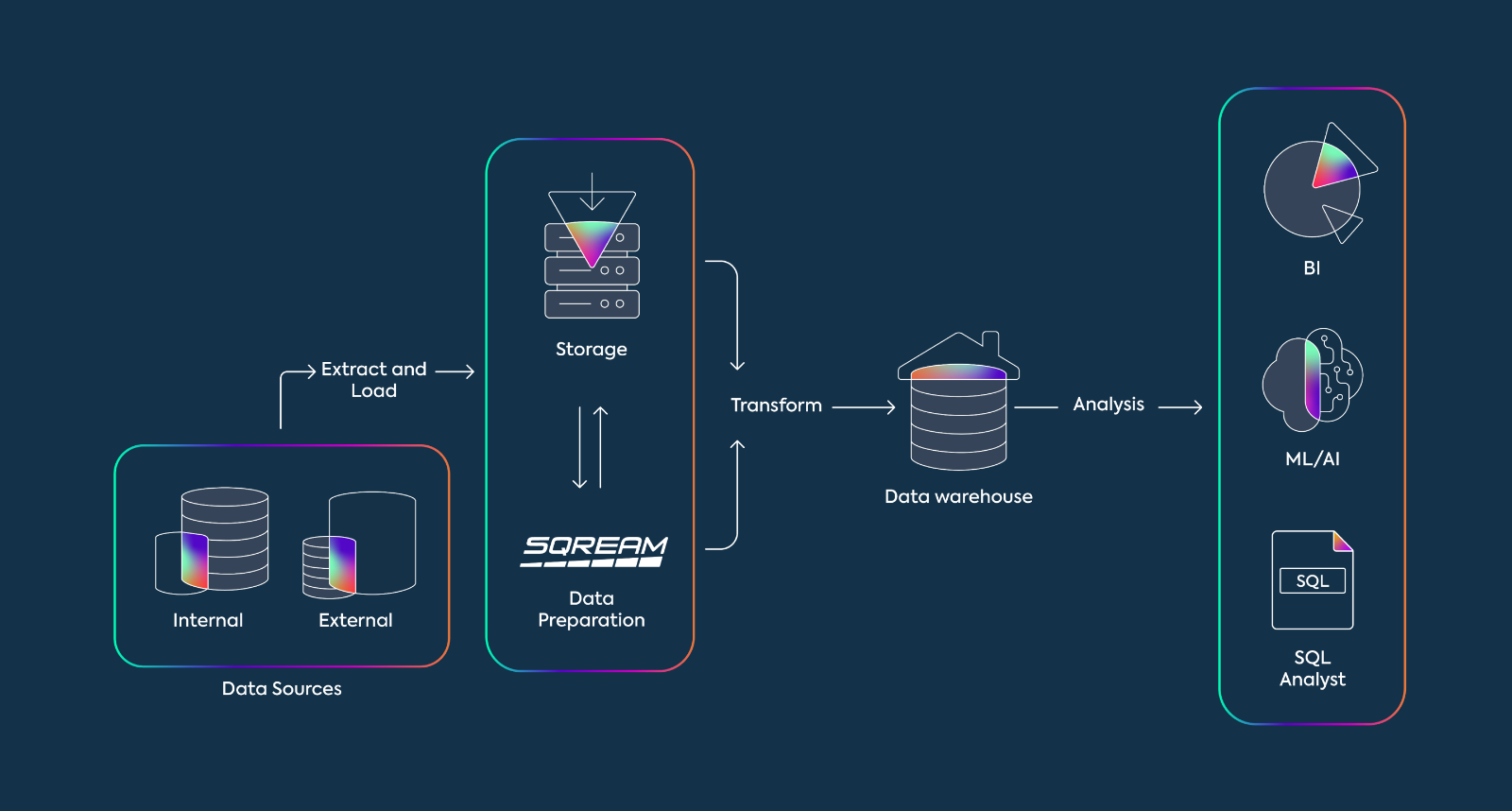Nurses are one of the essential resources in the U.S. healthcare system. They account for approximately 25% of the total hospital operating budget and 44 % of direct care costs. However, healthcare managers face several challenges in managing this vital resource efficiently. These challenges negatively affect the profitability of hospitals and the quality of nurses’ work. Moreover, they can substantially impact the failure of patients’ treatment and its associated costs for the healthcare system.
One of the most important aspects of managing nurses is creating fair and efficient nurse schedules. Healthcare managers usually use traditional scheduling methods such as manual scheduling or simple all-purpose scheduling software to create their nurse schedules. However, these traditional nurse scheduling methods have many disadvantages. Firstly, they are time-consuming, complicated, de-centralized, and work-intensive. According to studies, it takes about four hours per week to prepare the schedules of a team of nurses. Secondly, it is challenging for traditional nurse scheduling methods to generate nurse schedules more than one or two weeks in advance, even though nurses prefer to know their schedule at least two weeks earlier to plan for their personal lives. Thirdly, traditional nurse scheduling methods do not always lead to fair schedules. For example, some nurses have to work night shifts more than other nurses as a result of nurse schedules generated by the traditional methods.

In addition to the difficulties of using traditional nurse scheduling methods such as manual scheduling and simple all-purpose scheduling software, the generated nurse schedules by these methods make many problems for hospitals, nurses, and patients. Unsatisfactory nurse scheduling is a significant reason for nurse resignation, cited by 30.4% as the main reason behind their resignation. On the one hand, nurses spend much time recording documents through electronic medical records to improve care coordination while their primary responsibility is to care for patients. Moreover, the shortage of 400,000 registered nurses in the United States leads to over-scheduling and inadequate rest periods in hospitals. As a result, more than 50% of full-time nurses work an average of seven hours of overtime each week, which has caused only 25% of nurse satisfaction in the United States. Therefore, offering flexible optimal nurse schedules encourages the stability of the workforce and makes the profession more attractive in a context where there are chronic staff shortages. Moreover, inappropriate nurse schedules can increase the risk of healthcare-associated infections by unnecessarily increasing the number and duration of contacts. These infections substantially impact morbidity and associated costs for the healthcare system, potentially leading to failure of treatment, more prolonged illnesses and hospitalizations, and deaths.
In recent years, Nurse Scheduling Optimization has attracted healthcare managers’ attention as an efficient tool to tackle these challenges. Nurse Scheduling Optimization was born by applying Mathematical Optimization, also known as Mathematical Programming, to traditional nurse scheduling methods. Mathematical Optimization is a powerful prescriptive analytics methodology that enables decision-makers to instantly identify the best decision out of a large number of alternatives (e.g., millions of possible decisions) that leads to the best possible result according to prespecified criteria such as profitability, service level, resource utilization, etc. Mathematical Optimization includes mathematical modeling methods that capture the key features of a complex business problem including business rules, objectives, and decisions as data-driven mathematical models. Optimization models are solved by optimization solvers, which are powerful computational engines that read them and then deliver the best decision, also known as the optimal solution.
As Machine Learning models rely heavily on historical data, they can be difficult to adapt when business conditions or needs change, which makes them less flexible. Moreover, Machine Learning models provide actionable insights, but they do not say what actions managers should take based on those insights for the best outcomes. Thus, nurse scheduling solutions that heavily rely on Machine Learning models cannot provide reliable nurse schedules in the ever-changing environment of hospitals. Therefore, Mathematical Optimization is integrated with Machine Learning to fix its drawbacks because Optimization models are highly customized and can leverage the latest available data in addition to historical data. Other important advantages of Mathematical Optimization are considering interdependencies of complex systems, supporting what-if scenario analysis, avoiding personal bias, and significant flexibility in constantly changing business environments.

A Nurse Scheduling Optimization tool assigns an optimal number of skilled nurses to each shift to satisfy the demand of a hospital during the planning horizon to reach hospital objectives while considering the governmental regulations, labor laws, hospital policy, and the status of nurses. For example, Nurse Scheduling Optimization can minimize the overall hospital cost and maximize nurses’ preferences while satisfying hospital rules, limitations, and patient treatment requirements. Since the regulations, policies, and limitations of hospitals are defined as constraints in the optimization models, the optimal nurse schedules generated by Nurse Scheduling Optimization tools can easily avoid non-standard nurse scheduling practices such as overtime, excessive consecutive hours, Rotating shifts within the same period, to name but a few.
Nurse scheduling optimization can improve nurses’ satisfaction by up to 34% by creating a fair schedule system that takes care of nurses’ preferences and decreases the overall cost by up to 11% and overtime cost by 36%. Moreover, it can lead to up to a 30% reduction in overtime schedule, elimination of an average of 4 hours of manual scheduling, and an increase in scheduling fairness with fewer nurses working excessive numbers of shifts or minimum/maximum number of hours per week. Last but not least, nurse scheduling optimization can reorganize nurse schedules to reduce the risk of healthcare-associated infections in hospitals by up to 27%. Indeed, it can break potential chains of transmission while ensuring timeliness, the quality of healthcare services, and the minimum number and duration of contacts.
In conclusion, nurses are one of the most important resources of hospitals that account for a significant portion of the hospital budget and care costs. Inefficient management of this important resource can cause many problems for hospitals, nurses, and patients including but not limited to unfair schedules, low-quality treatment, nurse resignation, and an increase in costs. Nurse Scheduling Optimization tools can avoid all of these problems by handling all complex scheduling needs of hospitals that leads to decreased labor costs, increased staff satisfaction, and improved patient care.











